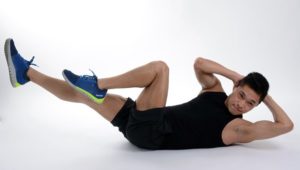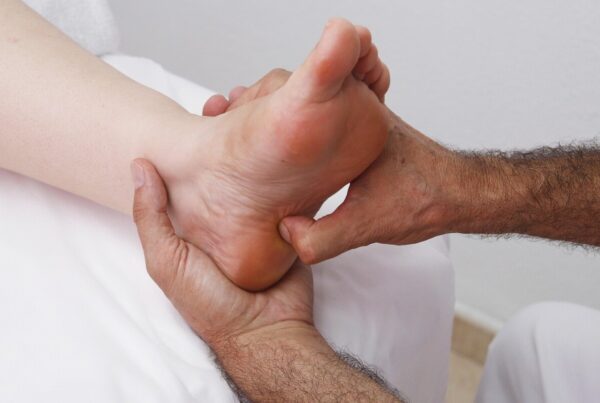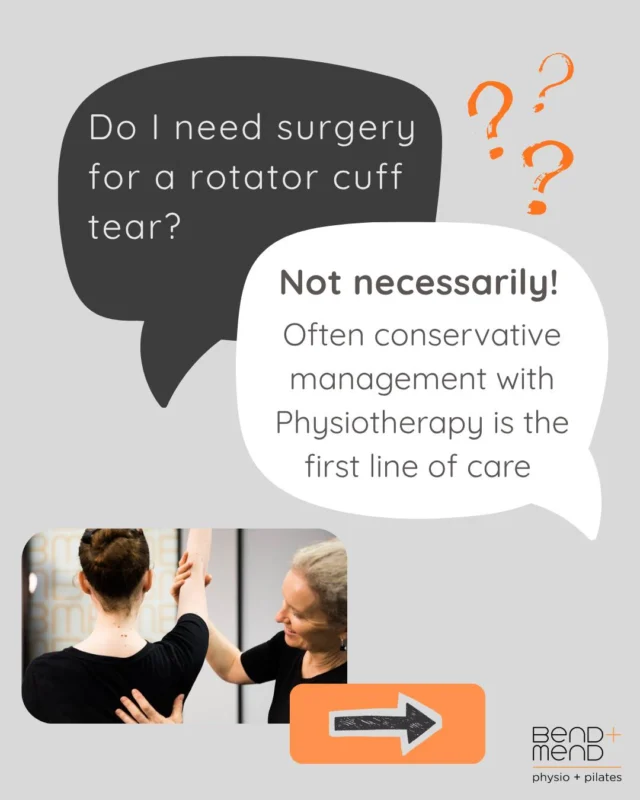 As a mid-twenties guy, I’m approaching a body type that reflects my years of indulgence – that of a “beer gut”. This is a problem shared by many, men and women alike. The apparent most obvious solution to this increased distribution of fat around the abdomen, is the humble sit-up or crunch.
As a mid-twenties guy, I’m approaching a body type that reflects my years of indulgence – that of a “beer gut”. This is a problem shared by many, men and women alike. The apparent most obvious solution to this increased distribution of fat around the abdomen, is the humble sit-up or crunch.
If you haven’t ever seen or performed a sit-up, it involves lying on your back with bent knees and lifting the thorax/shoulders off the ground. The past thirty years have seen a number of variants on early morning infomercials and gym videos, but the basic premise has remained the same for decades.
So, will a sit-up get rid of my belly? Are they good or bad for me? And what does it actually do?
Let’s have a look at anatomy. There are four major abdominal muscles. The front, “six-pack” muscles, or rectus abdominus, serve to flex (bend forward) the spine, and, when the spine is fixed, tip the pelvis backwards. This makes them the prime movers for the sit-up action.
This must be great right, because they lie right under your abdominal fat? Unfortnuately it is not so simple. Whilst metabolism physiology is not my forte, the use of fat as an energy source is taken from the bloodstream and not necessarily from nearby tissues. This means that the muscles are drawing energy from all over the body, if they are burning fat at all (an in-depth discussion on muscle cell metabolism is needed to explain why, but not today). This will also happen preferentially peripherally (in the arms and legs) before central fat is used, explaining why the hips and belly are usually the last to go in a weight loss scenario.
I’m not worried about weight loss, and just want great core strength and abs, certainly a sit-up can’t hurt? Don’t get me wrong – heaps of crunches will make your rectus abdominus larger, however it is at a cost. The lower back is designed to flex, however, not under the high loads and with such repetition as when doing sit-ups. This implicates the spine for potential damage, particularly the intervertebral discs which can cause tremendous pain and dysfunction if damaged. A sit-up also largely neglects the other three abdominal muscles, which can lead to muscle imbalances and problems down the track.
There are times where lumbar flexion and posterior pelvic tilt are desired outcomes in rehabilitation, however, these are much more safely and effectively achieved with more functional and weight bearing exercise. Functional strengthening and preferential movement are fundamental to programmes such as Clinical Pilates, which is why they work so well. They allow the abs and core to strengthen as a unit rather than specifically targeting a solitary muscle.
So, if you’re unsure about your abs, or your belly, and want to do something about it, talk to a member of our Physio team at Bend + Mend in the city, before starting a training plan or buying a piece of exercise equipment at three in the morning.





